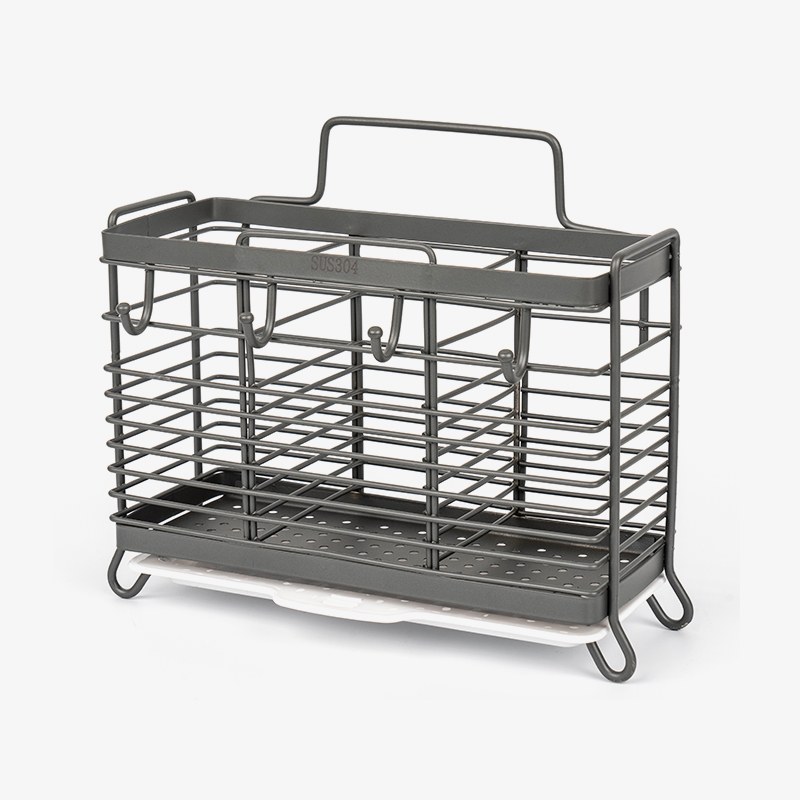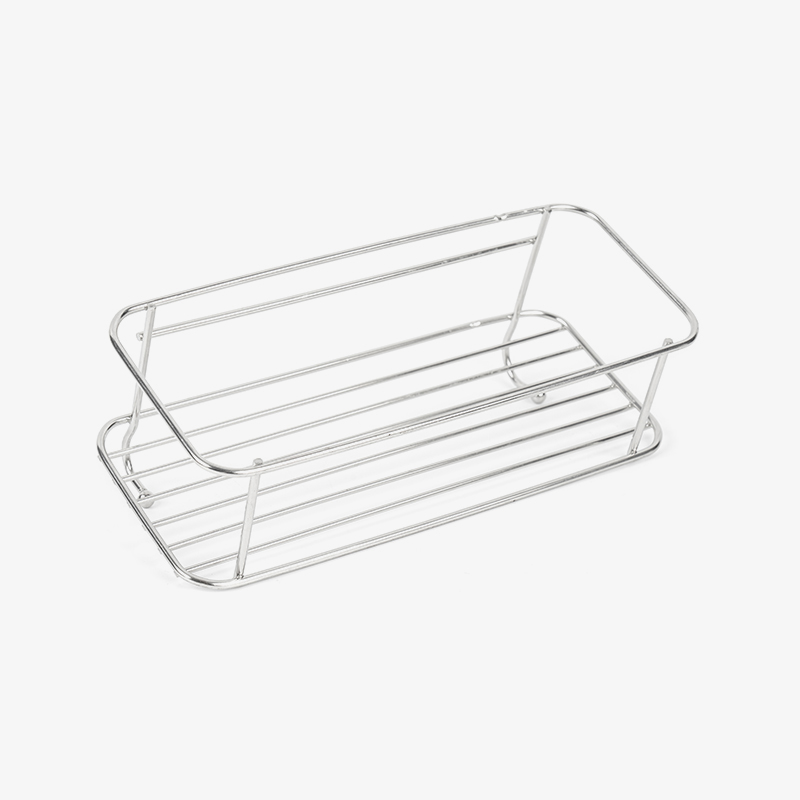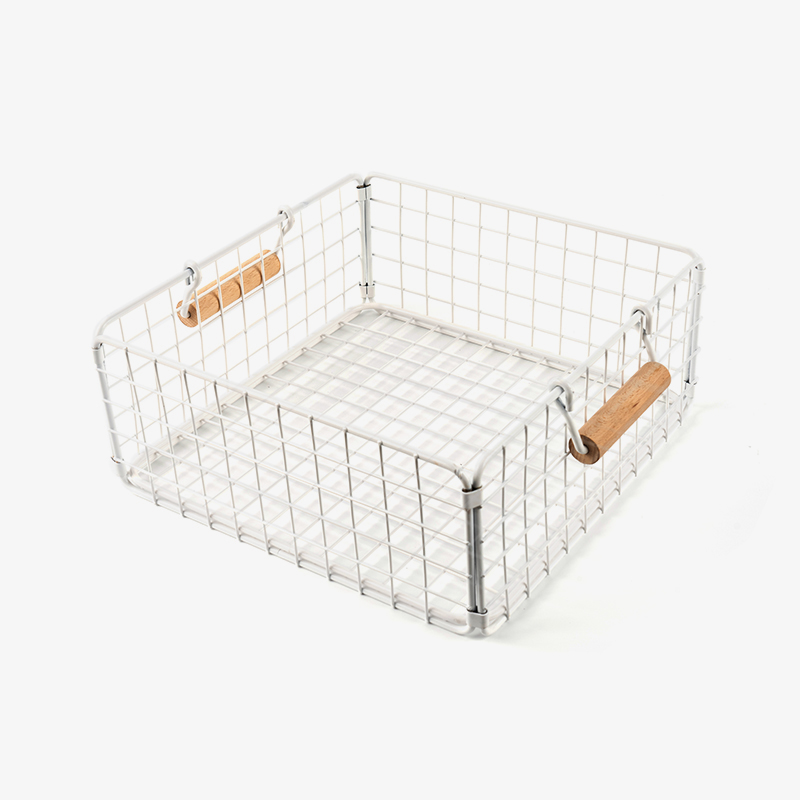For anyone who’s rummaged through a cluttered kitchen drawer to find a missing measuring spoon or dug behind a pile of jars to locate a spice, the frustration of disorganized kitchen tools is all too familiar. As more people look for ways to streamline their daily routines, the question arises: Can a kitchen accessories organizer solve these common headaches, and is it a worthwhile addition to your space? Let’s break down the key considerations to help you decide.
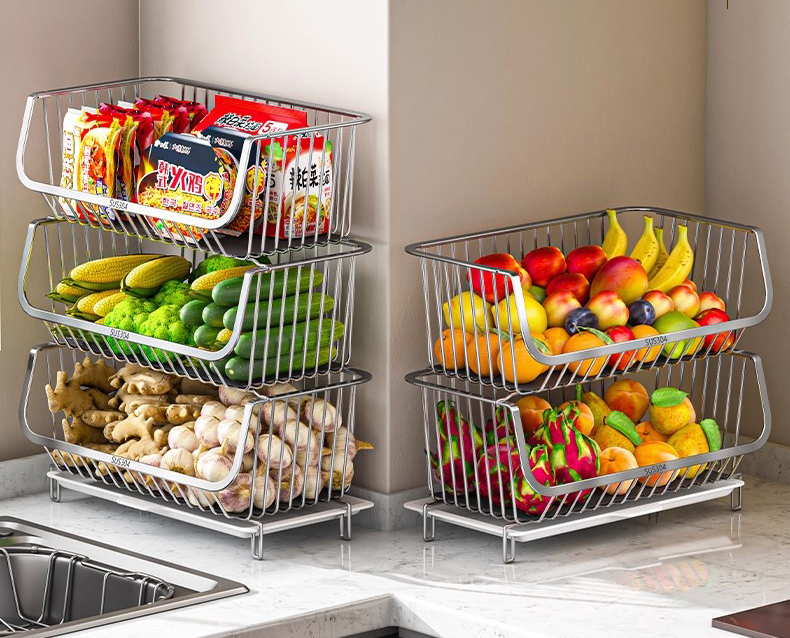
1. Why Do So Many Home Cooks Struggle With Lost Spices and Tools?
Before evaluating whether a kitchen accessories organizer is worth it, it’s important to understand why misplaced tools and hidden spices are such a widespread issue. Most standard kitchen drawers and cabinets are designed as “one-size-fits-all” storage—wide, shallow spaces that let small items like tongs, bottle openers, or spice jars shift around freely. Over time, this leads to a jumble: frequently used tools get buried under less common ones, and spices (often stored in similar-looking jars) become hard to identify at a glance.
Add to this the tendency to accumulate more tools over time—think extra spatulas, specialty gadgets, or seasonal spices—and even a “neat” kitchen can quickly turn chaotic. For busy home cooks, this disorganization doesn’t just waste time; it can take the joy out of cooking when every task starts with a hunt for the right tool.
2. What Problems Does a Kitchen Accessories Organizer Actually Solve?
The core appeal of a kitchen accessories organizer is its ability to turn unstructured storage into intentional, categorized spaces—but does it deliver on that promise? Let’s look at the specific issues it targets:
First, visibility: Many organizers include divided compartments, tiered shelves, or labeled sections, which mean every spice jar, tool, or utensil has a dedicated spot. No more digging through a pile to find what you need—you can see everything at a glance. For spices, this is especially useful: tiered organizers, for example, let you stack jars so the front labels are never hidden by taller ones.
Second, accessibility: Organizers often use design features like pull-out trays, hanging hooks, or drawer dividers that bring tools to you, instead of forcing you to reach into the back of a cabinet. For instance, a utensil organizer with vertical slots keeps spatulas and whisks upright, so you can grab one without moving the entire pile.
Third, space efficiency: Many organizers are built to fit into tight spots—think narrow drawers, under-sink cabinets, or even the side of a fridge—that would otherwise go unused. This is a game-changer for small kitchens, where every inch of storage counts. Instead of letting small tools take up valuable counter or drawer space, an organizer can consolidate them into a compact area.
3. Are Kitchen Accessories Organizers Practical for All Kitchen Sizes?
One common concern is whether an organizer will work in your specific kitchen—after all, a large, multi-compartment organizer might be perfect for a spacious kitchen but overwhelming in a studio apartment’s tiny culinary nook. The good news is that organizers come in a range of sizes and styles, but does that mean they’re practical for everyone?
For small kitchens: Compact organizers (like narrow drawer dividers, hanging spice racks, or under-shelf bins) are designed to maximize vertical space or use “dead zones” (such as the area under a cabinet shelf). These options don’t add bulk but still create order—ideal for kitchens where counter and drawer space is limited.
For medium to large kitchens: Larger organizers (like pull-out cabinet systems, multi-tiered utensil trays, or wall-mounted tool racks) can handle more items without creating clutter. They’re especially useful if you have a wide collection of tools or spices, as they prevent overcrowding in standard cabinets.
Even for kitchens with “built-in” storage (like custom cabinets), organizers can enhance functionality. For example, a drawer insert with adjustable dividers can turn a generic drawer into a tailored space for your specific tools—no need to redo your entire kitchen to get organized.
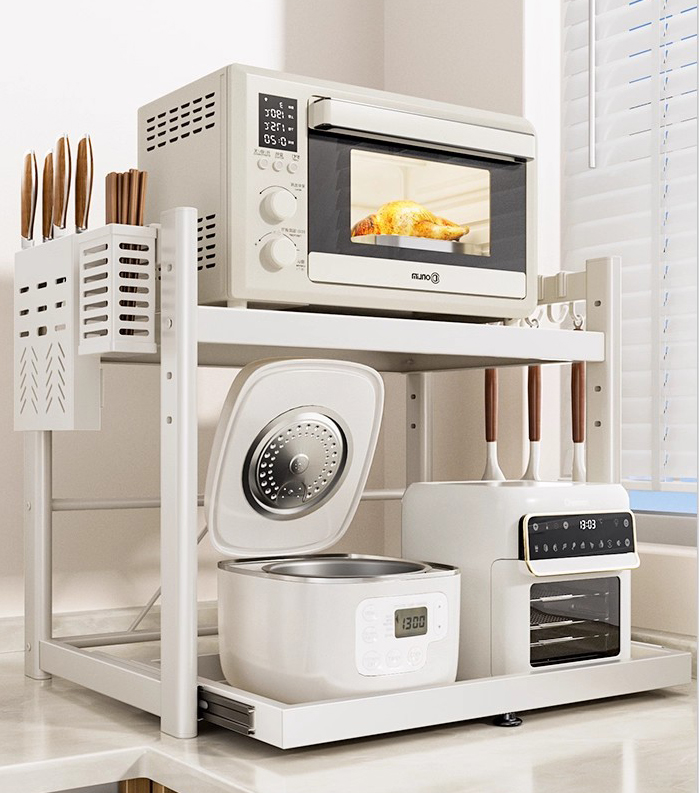
4. Will a Kitchen Accessories Organizer Save Time (and Sanity) in the Long Run?
At the end of the day, the value of a kitchen accessories organizer often comes down to one question: Will it make your daily life easier? For most people, the answer is yes—but let’s break down the time-saving benefits:
Faster prep work: When you can find spices and tools in seconds, cooking becomes more efficient. Instead of spending 5 minutes looking for a can opener, you can grab it and move on to the next step.
Less cleanup: Organized spaces are easier to maintain. When every item has a home, you’re more likely to put tools back where they belong after use, preventing the “pile-up” that leads to big cleaning sessions later.
Reduced frustration: Let’s not overlook the mental benefit. A cluttered kitchen can feel overwhelming, while an organized space promotes calm. For anyone who cooks regularly, this shift can make the task feel more enjoyable and less stressful.
5. So, Is a Kitchen Accessories Organizer Worth the Investment?
Ultimately, the answer depends on your priorities—but for most home cooks dealing with lost spices and tools, the answer is a resounding “yes.” A kitchen accessories organizer isn’t just a “nice-to-have” item; it’s a practical solution that solves a daily pain point. It saves time, reduces frustration, and makes the most of your existing storage space—all without requiring a major kitchen overhaul.
If you’ve ever found yourself sighing as you dig through a messy drawer or struggling to remember where you stashed the cinnamon, it’s time to consider this simple fix. After all, cooking should be about the joy of creating a meal—not the hassle of finding the right tool.



 Español
Español عربى
عربى